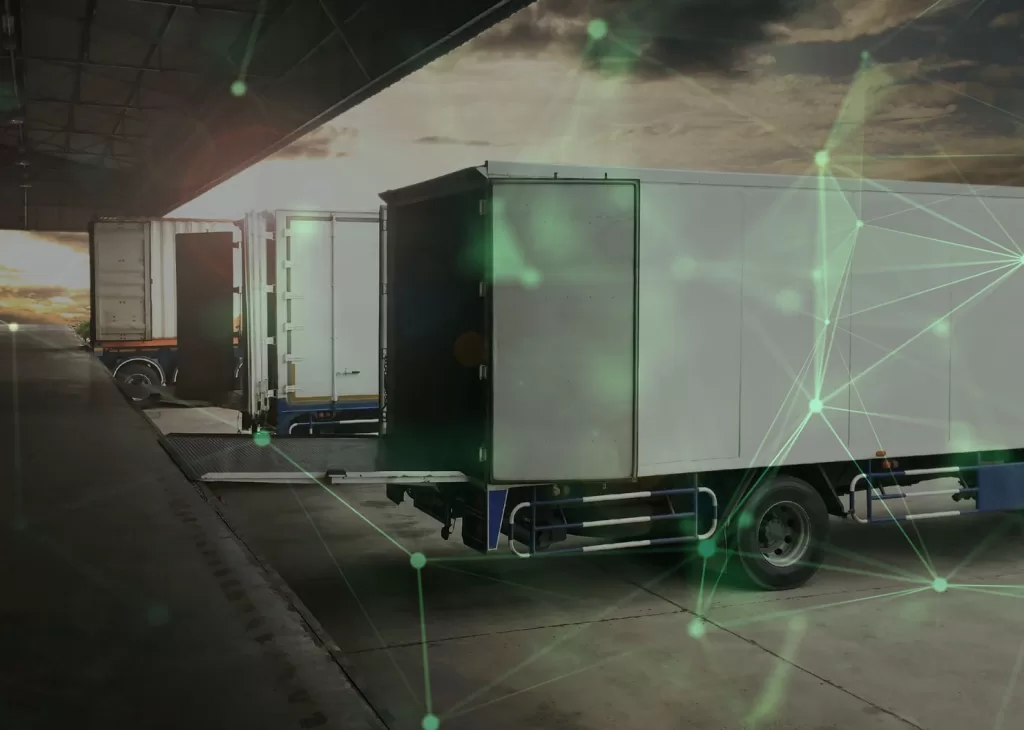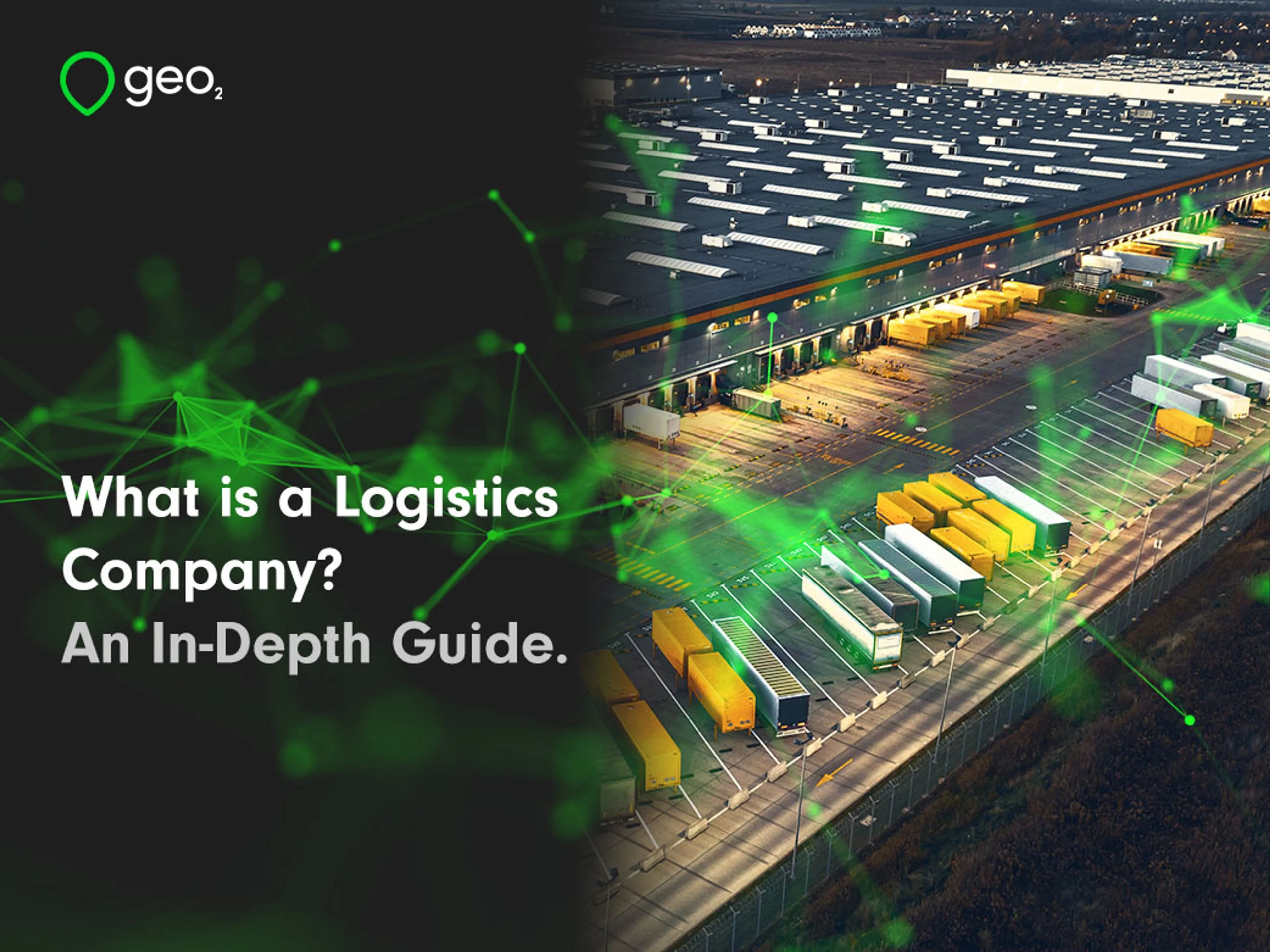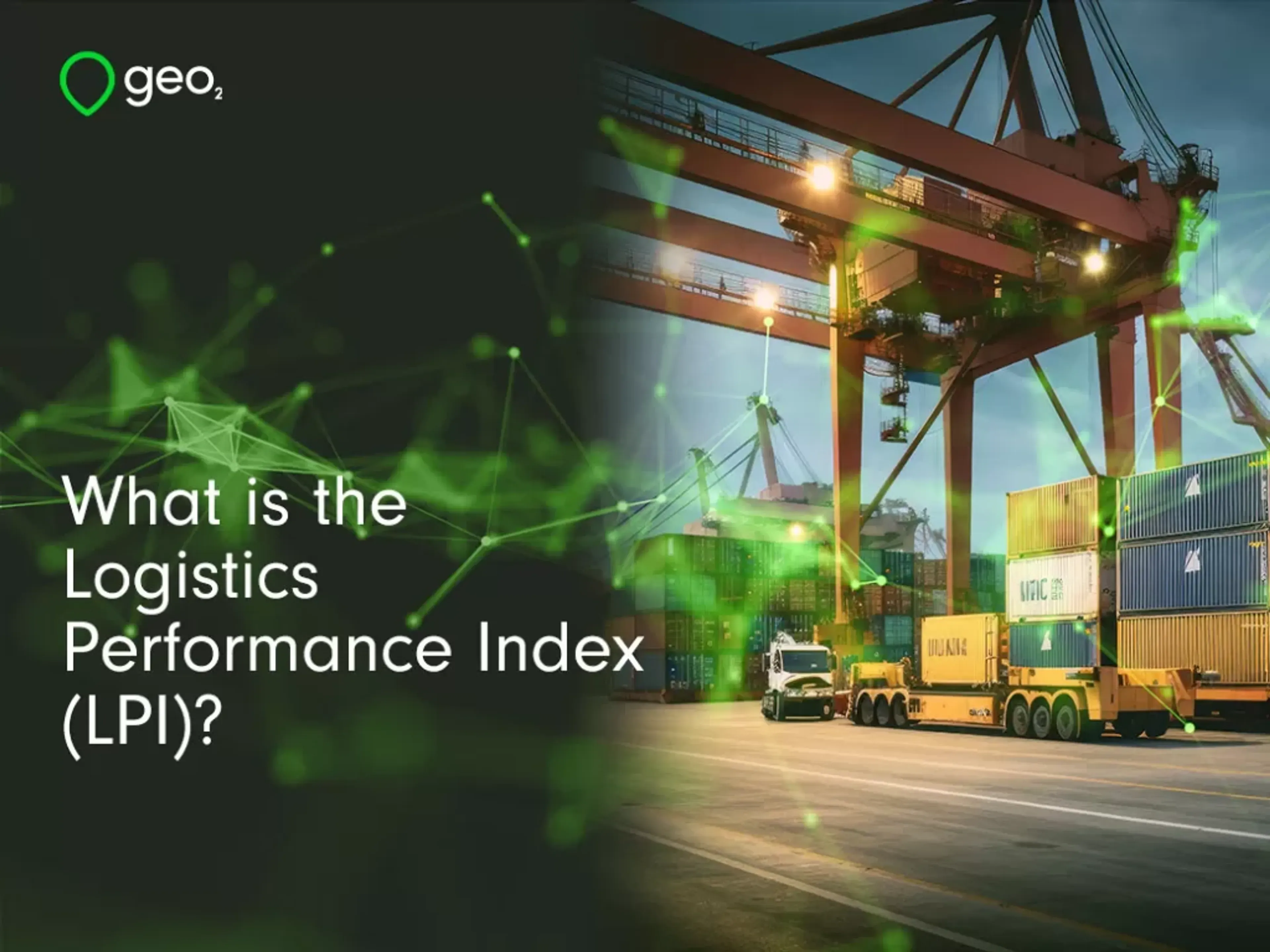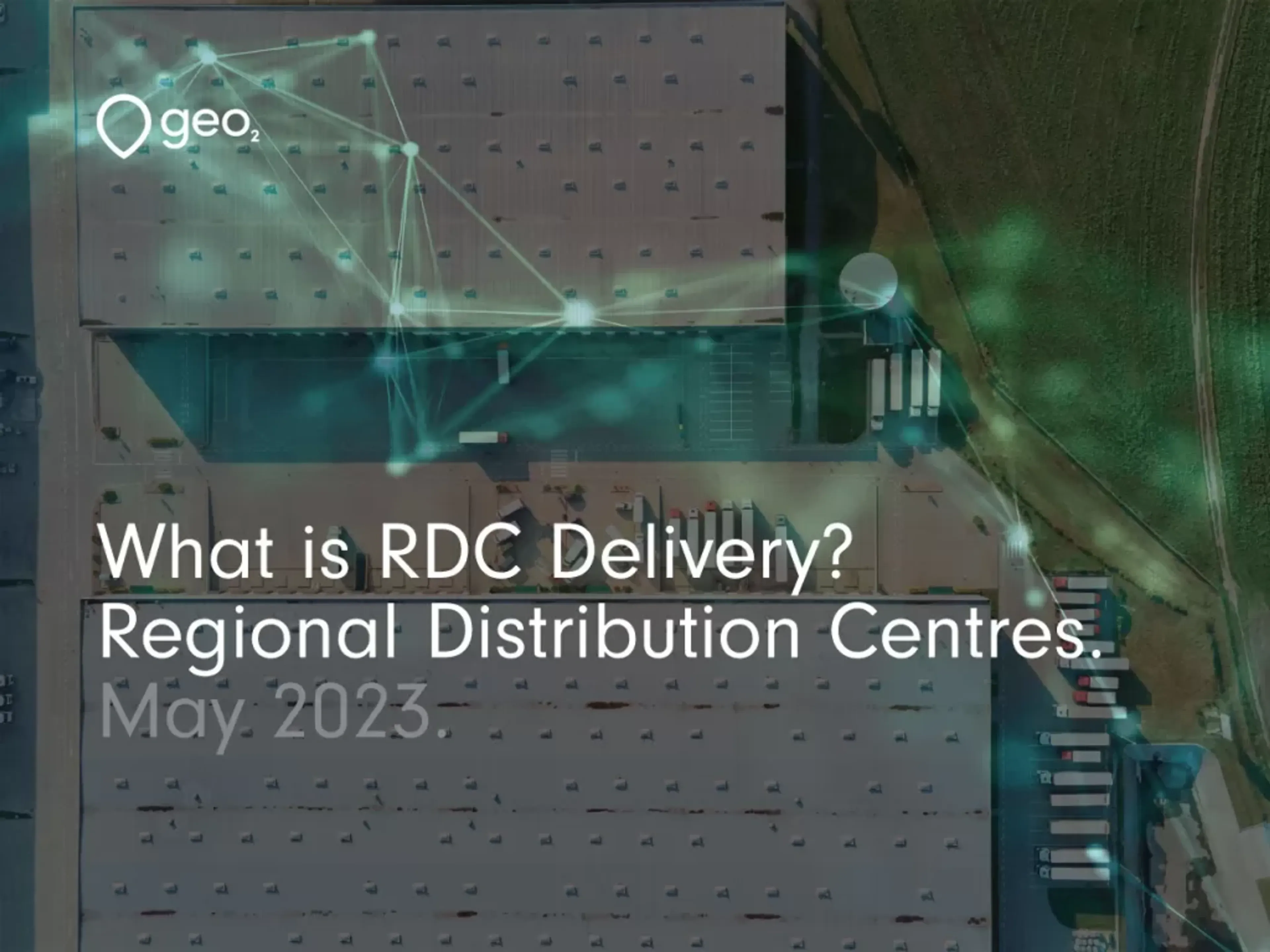What is an RDC?
RDCs are large warehousing facilities that provide a dedicated space for companies to store their goods before onward distribution.
RDCs are often used by retailers and manufacturers to optimise their supply chain operations and reduce transportation costs. For these types of companies, RDCs act as a step in the distribution process. They exist in addition to a company’s main warehouse, acting as satellite centres for the temporary storage of goods before they are repackaged and distributed onwards.
A company may have its own RDCs. Many of the large retailers and supermarkets manage several across the UK, for example. Large distributor businesses like Amazon and other 3PL logistics providers manage their own too.
There are also RDCs that are provided by third party logistics companies. Here, the RDC is available for use by many distributors. Those who have signed up to use the RDC’s services can deliver their goods to the RDCs and then arrange onward distribution from there.
RDCs see many incoming deliveries and outgoing despatches every day, from a variety of vehicles, each taking many different types or formats of goods.
RDC delivery therefore refers to goods being transported from a central facility to a location that serves a particular region and then on from the RDC to designated retail stores, other distribution centres or direct to customers.

The benefits of RDC delivery.
The overarching benefit of an RDC is that it improves a distributor’s supply chain efficiency. By using RDCs, companies can more effectively manage stock, reduce transportation costs and streamline logistics processes.
RDCs ensure faster delivery across a widespread network, helping companies get their products to market faster. Having several RDCs can reduce transit times as delivery can be made to several locations from each regional centre. These are closer to their respective end-customers than the central location is.
For companies that don’t manage their own RDCs, using 3PL distribution centres that are open 24 hours a day also helps speed up delivery. With access at all times, distributors can run overnight transportation and still be certain that they can deliver or collect from an RDC.
Outsourcing distribution operations to a 3PL can help companies with cost savings on transportation and fuel. As well as not needing to own or operate their own distribution centres, there is no capital investment or fixed costs. Plus, for smaller companies, a 3PL-managed RDC can be more flexible and scalable than in-house distribution centres, especially where the 3PL provider can draw on its experience of managing stock and distribution networks for similar companies.
By having regional locations to distribute products from, distributors can better manage stock levels, which ensures that products are more readily available when and where they are needed. This product availability together with faster delivery times helps drive improved customer satisfaction and loyalty. With 3PL providers, this gives a company a wider geographic reach than they might otherwise achieve, helping them expand into new regions or markets more easily.
Transportation costs can be reduced too. RDCs can help distributors save on their transportation costs by consolidating shipments and reducing the number of delivery vehicles needed.
RDCs can help companies scale their operations more effectively by providing regional hubs that manage and distribute products across various regions. For this reason, they are particularly appropriate for large companies wanting to sell their products nationwide.
There is also the potential for better risk management. Spreading distribution out across many centres reduces dependence on individual locations, which helps companies better manage risk and ensure business continuity in the event of supply chain disruptions or a localised issue at one centre.

The drawbacks of RDC delivery.
One of the biggest impediments for companies in building their own RDCs is the amount of investment needed. Building and operating an RDC needs upfront capital investment in infrastructure, equipment and personnel. This is why it’s usually only the very largest of companies that are able to build and run their own RDCs.
The same level of investment is obviously not required to use a third-party RDC, so for companies without the financial backing to build their own RDCs, third-party facilities can actually help in reducing operating costs.
Another problem with RDCs – particularly shared 3PL facilities – is the queuing and long waits to access docks for loading or unloading. Peak times can see long queues when the RDC is over capacity, resulting in frustrated delivery drivers who are anxious to get on with their days.
For distributors that use third-party RDCs, there is a risk that there can be a loss of control over stock management and other logistics processes. Due diligence in selecting the right provider can mitigate this of course, but some companies prefer to maintain control, especially if their products are valuable or require careful handling.

Is RDC delivery right for all distributors?
RDC delivery offers many benefits for distributors, including improved supply chain efficiency, reduced costs, and enhanced customer service. However, there can also be some drawbacks, such as the upfront investment needed and a slight loss of control when using 3PL facilities.
As with any logistics solution, it's important for distributors to carefully evaluate their needs and objectives when considering whether RDC delivery is the right choice for their business. But it’s clear that RDC delivery offers distributors the means to optimise their supply chain operations and achieve greater competitive advantage.
To assist with RDC delivery, using a TMS or route planner, such as Geo2, can help optimise routes and manage your logistics even more carefully.

Related posts

What is a Logistics Company? An In-Depth Guide
In today's fast-paced business environment, efficient logistics are crucial for staying competitive. But what exactly is a logistics company, and what role does it play in the success of your business? A logistics company manages the flow of goods from the point of origin to the point of consumption. This includes transportation, warehousing, inventory management, packaging, and even security. A logistics company makes sure your products flow smoothly through the supply chain to reach your customers quickly and on schedule.

What is Supply Chain Automation? The Future of Logistics.
Using automation in your supply chain business can improve your efficiency and flexibility. It frees your staff from repetitive and manual tasks and speeds up your purchasing, warehousing and transportation operations. Automation in the supply chain can be something simple – such as automatically reordering stock when levels drop below a certain threshold. Or it can be complex – for example, dynamically optimising a delivery route to take account of real-time traffic, while also considering fuel efficiency targets and delivery timescales. Automation offers a range of possibilities to streamline your operations. Here, we explore the different types of supply chain automation and show how they can benefit your distribution business.

What is the Logistics Performance Index (LPI)?
The heartbeat of global commerce rests within the labyrinth of the supply chain. Just knowing logistics is not enough in today's competitive market. The Logistic Performance Index (LPI) guides countries and logistics professionals towards an evolving efficient supply chain. At a fundamental level, it is a composite index that evaluates the logistics 'friendliness' of countries. The Logistics Performance Index is a crucial tool for logistics and supply chain managers striving to optimize operations for global success. This article unravels the nuanced significance of the Logistics Performance Index and how it shapes the future of global business.
